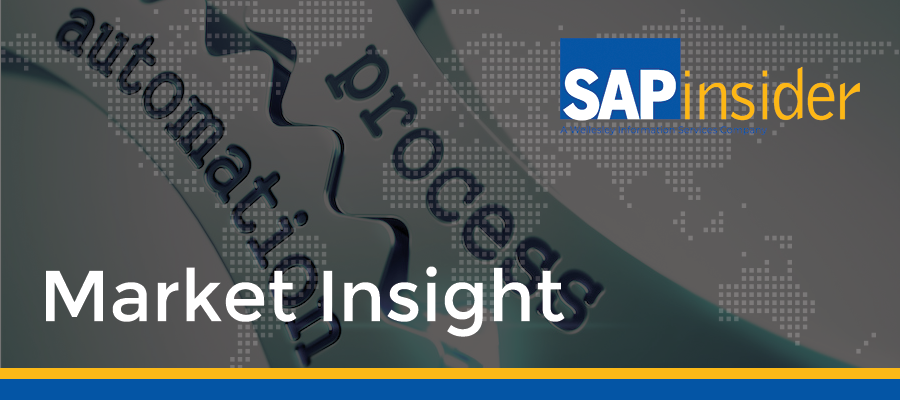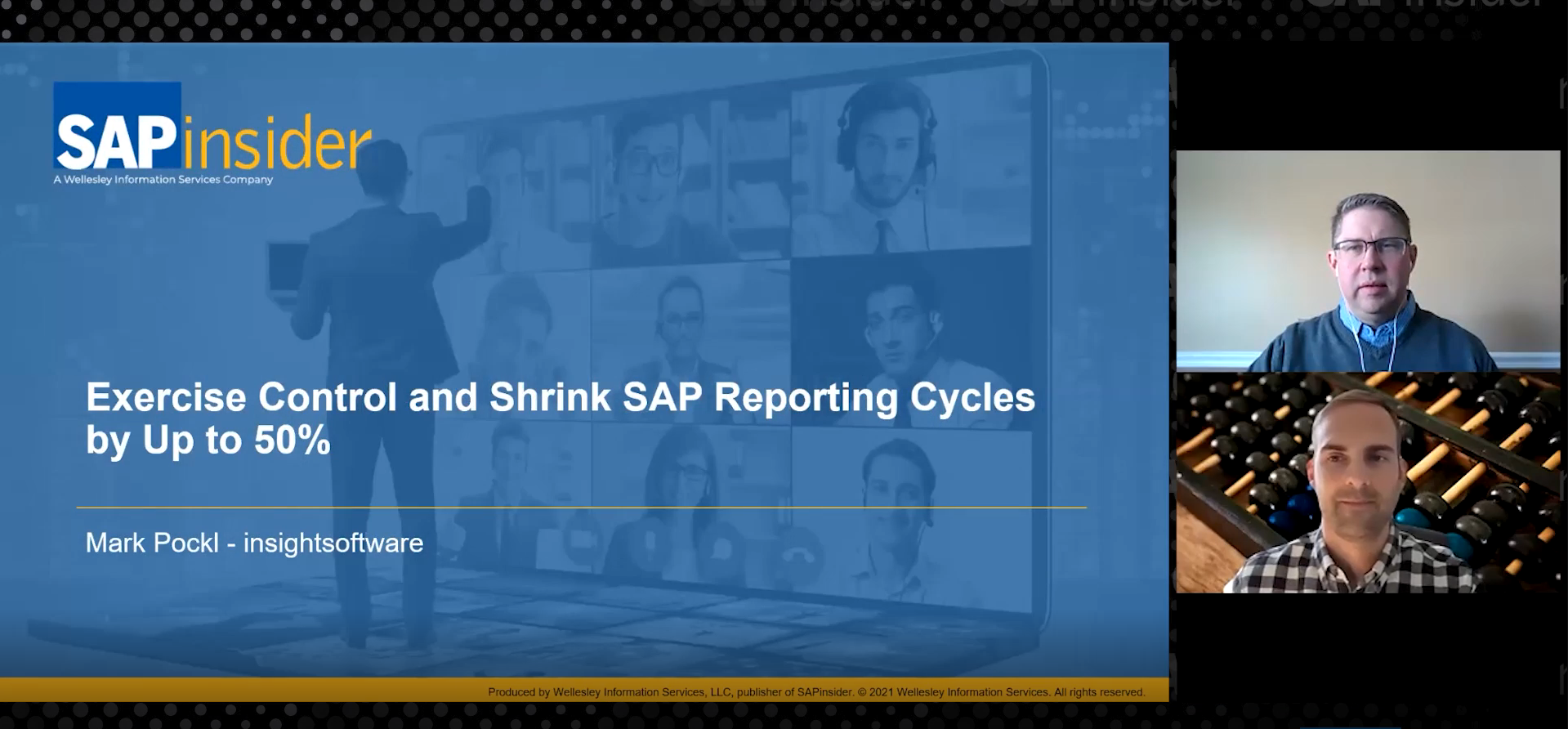Why B2B Pricing Teams Are Rethinking Negotiated Price Management
Meet the Authors
Key Takeaways
⇨ Neglected pricing processes in B2B companies lead to inconsistent deal outcomes and potential revenue loss due to reliance on outdated tools and manual methods.
⇨ Automated, AI-driven pricing platforms like Zilliant's offer modernizing pricing strategies, optimizing margins, and providing real-time data integration with systems like SAP.
⇨ The increasing complexity of negotiated pricing necessitates scalable and effective tools to enhance competitive agility during negotiations, allowing for improved alignment across sales, pricing, and finance teams.
As market dynamics evolve and B2B buyers demand greater pricing transparency, CIOs and pricing leaders face a persistent challenge: negotiated pricing processes are often flawed, manual, and misaligned with company goals. For SAP-focused enterprises, the consequences are especially severe. Large product catalogs, complex customer hierarchies, and varied regional pricing agreements only increase the complexity of managing negotiated pricing.
Zilliant has developed an AI-driven precision pricing platform for B2B that delivers software solutions designed to align pricing with business strategy and drive revenue growth. According to Zilliant, companies without tools to synchronize pricing guidance with real-time data and enterprise systems like SAP S/4HANA and SAP CPQ often operate with limited visibility. The result is lost revenue and shrinking margins.
Negotiated Pricing Challenges
In a recent Zilliant blog post, the company highlights eight key challenges that continue to hinder negotiated pricing across industries, from outdated tools to misaligned incentives between pricing and sales. Here are five of the most critical:
Explore related questions
- Spreadsheets and Homegrown Tools Persist: Manual processes dominate pricing operations, making it nearly impossible to scale or standardize deal guidance. Version control and consistency also suffer.
- ERP Integration for Agreements Is Error-Prone: When agreement prices are managed in spreadsheets or emails and manually entered into ERP systems, execution leads to frequent data mismatches and errors.
- Agreement Prices Often Fail to Align with Strategy: Without proper enforcement, pricing guidance is frequently ignored or overridden, resulting in inconsistent and unprofitable deal outcomes.
- Approval workflows Are Hard to Audit: Relying on email and spreadsheets for price approvals hampers enforcement. Without audit trails, organizations lack the control and visibility needed to scale pricing policies effectively.
- Agreement Price Guidance Is Gut-Driven: Without centralized, data-driven guidance, sellers depend on cost-plus logic or past deals, which can result in inconsistent pricing and margin erosion. This lack of structure leaves pricing strategy subject to interpretation in the field.
These challenges are symptoms of a broader issue: the absence of a centralized, scalable, and intelligent system for managing the full lifecycle of negotiated pricing. Zilliant’s offerings, including its Sales Agreements software, address these issues with an automated, data-driven approach that replaces manual processes and siloed tools. The firm’s website also includes a Negotiated Price Management tool to allow companies to get an estimate of the maturity of their pricing process.
What This Means for SAPinsiders
Modernize negotiated pricing to protect margins in complex deals. Companies using SAP ERP systems are increasingly adopting automation tools to handle complex negotiations at scale. These tools simplify workflows, minimize manual overrides, and provide real-time pricing guidance during quoting. With SAP integration and deep insights into agreement performance, pricing becomes a strategic advantage, rather than a compliance risk driven by a lack of documentation.
Pricing optimization software is becoming mainstream in 2025. Pricing software is rapidly evolving into a cornerstone of corporate strategy. Companies like Zilliant are leading with cloud-native platforms that integrate seamlessly with the SAP ecosystem. SAP insiders evaluating these tools should prioritize API accessibility, native SAP integration, and support for governance, auditability, and regional pricing complexities. As pricing teams modernize, these technologies are emerging as essential drivers of enterprise agility and resilience.
Pricing technology enhances competitive agility in negotiations. Consider Infineum, a global chemical additive producer that faced increasing pricing complexity and fierce competition among OEM customers. By partnering with Zilliant, Infineum implemented a pricing engine capable of analyzing large volumes of transactional data, identifying margin risks, and enabling more strategic deal-making. With Zilliant’s guidance and support, Infineum strengthened its competitive position in negotiations. For CIOs and IT leaders, this case underscores the importance of scalable tools that can manage product complexity while aligning sales, pricing, and finance teams.






